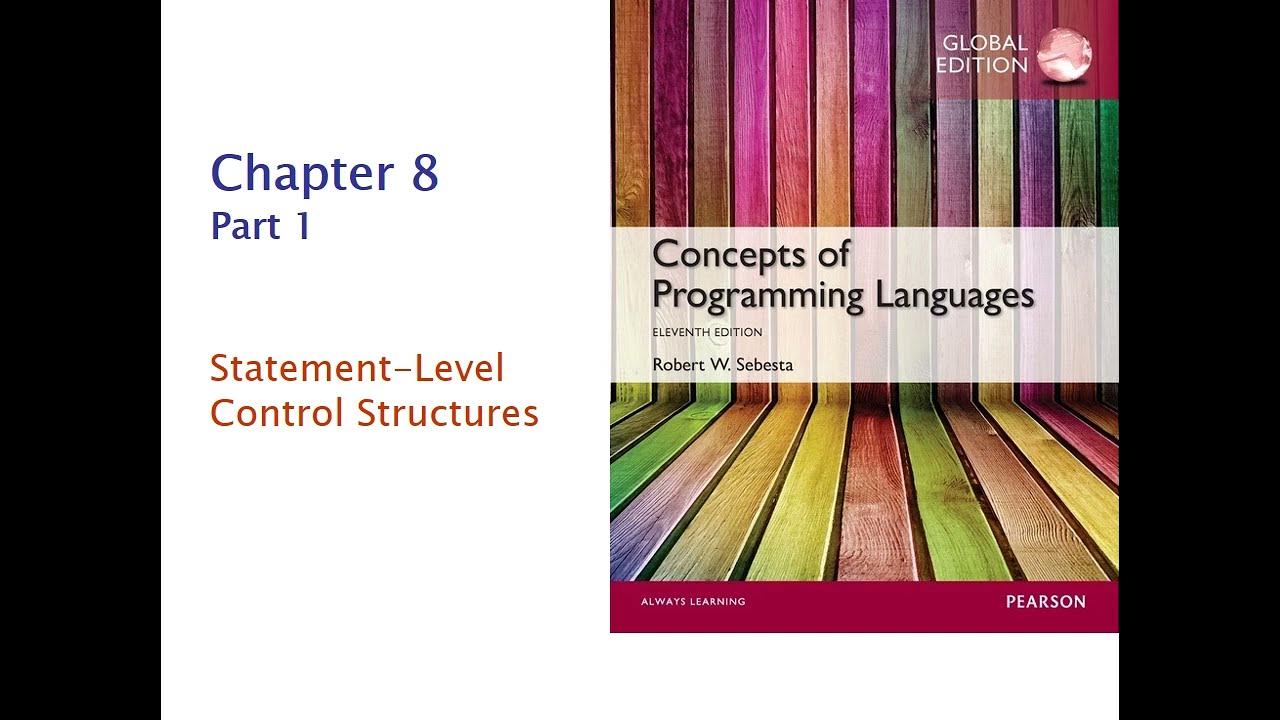3. Estructuras de control
Summary
TLDRThe video explains the three main types of control structures in programming: sequence, selection, and iteration. It illustrates sequence as executing instructions in a set order, selection as performing actions based on specific conditions (e.g., stopping for gas if the tank is low), and iteration as repeating actions until a condition is met (like reading cards until none are left). The video also includes graphical representations, emphasizing how these structures can effectively manage program flow and decision-making processes.
Takeaways
- 😀 Control structures are fundamental in programming to manage the flow of execution.
- 😀 There are three main types of control structures: sequence, selection, and iteration.
- 😀 Sequence structure executes instructions one after the other in a fixed order.
- 😀 Selection structure allows conditional execution of code based on specific criteria.
- 😀 An example of selection is deciding to refuel a car based on the fuel level.
- 😀 Iteration structure enables the repetition of code blocks as long as a condition is true.
- 😀 Watching TV until sleepy illustrates the use of iteration in programming.
- 😀 Sorting cards based on their suit demonstrates the selection structure.
- 😀 Iteration can be used when the exact number of repetitions is unknown, like reading cards until there are none left.
- 😀 Understanding these structures is crucial for creating efficient and effective programs.
Q & A
What are control structures in programming?
-Control structures are used to dictate the flow of execution in a program, determining which instructions to execute, how many times, and in what order.
What are the three types of control structures mentioned in the script?
-The three types of control structures are sequence, selection, and iteration.
How does a sequence structure work?
-In a sequence structure, processes are executed in a predetermined order, one after the other, without any conditions.
Can you give an example of a selection structure?
-An example of a selection structure is deciding to enter a gas station based on the fuel level; if the tank is less than a quarter full, one chooses to fill up; otherwise, one continues driving.
What is the purpose of iteration in programming?
-Iteration allows for repeating a block of code multiple times, either a specified number of times or until a certain condition is met.
How does the script illustrate iteration with a real-life example?
-The script illustrates iteration with the example of watching TV for 90 minutes or until one feels sleepy, demonstrating the concept of repeating an action based on a condition.
What is the significance of using flowcharts in understanding algorithms?
-Flowcharts visually represent algorithms, making it easier to understand the flow of processes and the relationships between different control structures.
How does selection relate to card sorting in the script?
-In the card sorting example, selection is demonstrated by grouping cards based on their suits; for instance, a heart card goes into the hearts group.
What is the relationship between iteration and selection as described in the script?
-The script notes that iteration can include selection, as in the case of reading cards repeatedly until there are no more left, where each card read involves a selection process.
Why might one use a fixed number of iterations, such as 52 in the card game example?
-Using a fixed number of iterations like 52 is useful when the total number of items (cards) is known, simplifying the code to repeat the process a specific number of times.
Outlines

This section is available to paid users only. Please upgrade to access this part.
Upgrade NowMindmap

This section is available to paid users only. Please upgrade to access this part.
Upgrade NowKeywords

This section is available to paid users only. Please upgrade to access this part.
Upgrade NowHighlights

This section is available to paid users only. Please upgrade to access this part.
Upgrade NowTranscripts

This section is available to paid users only. Please upgrade to access this part.
Upgrade NowBrowse More Related Video

133. OCR A Level (H046-H446) SLR23 - 2.2 Programming constructs

33. OCR A Level (H046-H446) SLR7 - 1.2 Procedural languages

Mengenal Salah Satu Jenis Alur Kendali yaitu: Loop / Pengulangan

COS 333: Chapter 8, Part 1

C_40 Difference between for, while and do while loop in C | C Programming Tutorials

Project Management Organizational Structures
5.0 / 5 (0 votes)